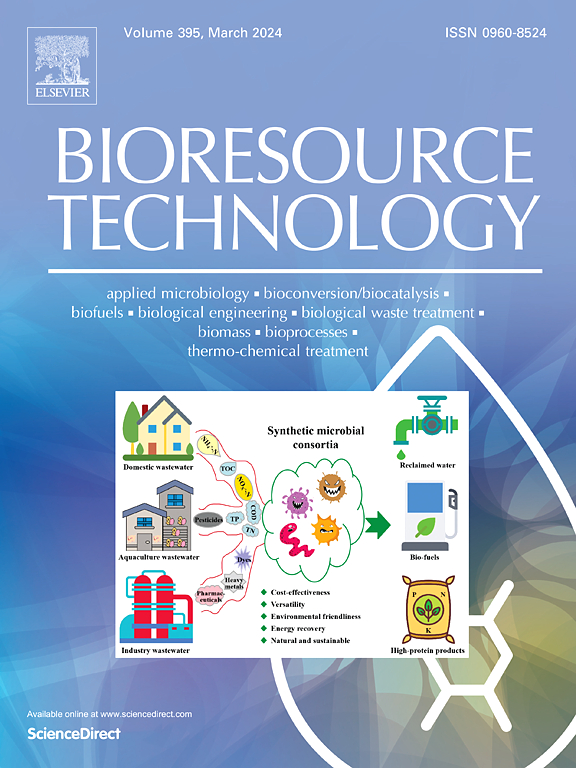Remediation of wastewater by using CdS-based biohybrids: Challenges and enhancement strategies
IF 9.7
1区 环境科学与生态学
Q1 AGRICULTURAL ENGINEERING
引用次数: 0
Abstract
Co-existence of pollutants, specifically heavy metals and organic compounds, as well as multi-heavy metals, in wastewater presents a significant global environmental and public health concern. The combined presence of these pollutants can result in a synergistic increase in toxicity, making the simultaneous removal of heavy metals and organic contaminants a complex challenge. Cadmium sulfide-based photocatalyst-microbe biohybrids, which integrate the advantages of whole-cell biological catalysts and semiconducting nanomaterials, have garnered considerable interest. These biohybrids offer benefits such as the capacity for heavy metal ion recycling, enhanced remediation efficiency, and the simultaneous removal of combined pollutants. This review begins by outlining the strategy for developing CdS-based biohybrid systems. Subsequently, it explores the application and mechanisms of remediation facilitated by these systems. The current challenges and future perspectives for biohybrid systems are also discussed. Finally, the review highlights the potential of synthetic biology strategies for optimizing and constructing biohybrid systems.

求助全文
约1分钟内获得全文
求助全文
来源期刊

Bioresource Technology
工程技术-能源与燃料
CiteScore
20.80
自引率
19.30%
发文量
2013
审稿时长
12 days
期刊介绍:
Bioresource Technology publishes original articles, review articles, case studies, and short communications covering the fundamentals, applications, and management of bioresource technology. The journal seeks to advance and disseminate knowledge across various areas related to biomass, biological waste treatment, bioenergy, biotransformations, bioresource systems analysis, and associated conversion or production technologies.
Topics include:
• Biofuels: liquid and gaseous biofuels production, modeling and economics
• Bioprocesses and bioproducts: biocatalysis and fermentations
• Biomass and feedstocks utilization: bioconversion of agro-industrial residues
• Environmental protection: biological waste treatment
• Thermochemical conversion of biomass: combustion, pyrolysis, gasification, catalysis.
 求助内容:
求助内容: 应助结果提醒方式:
应助结果提醒方式:


